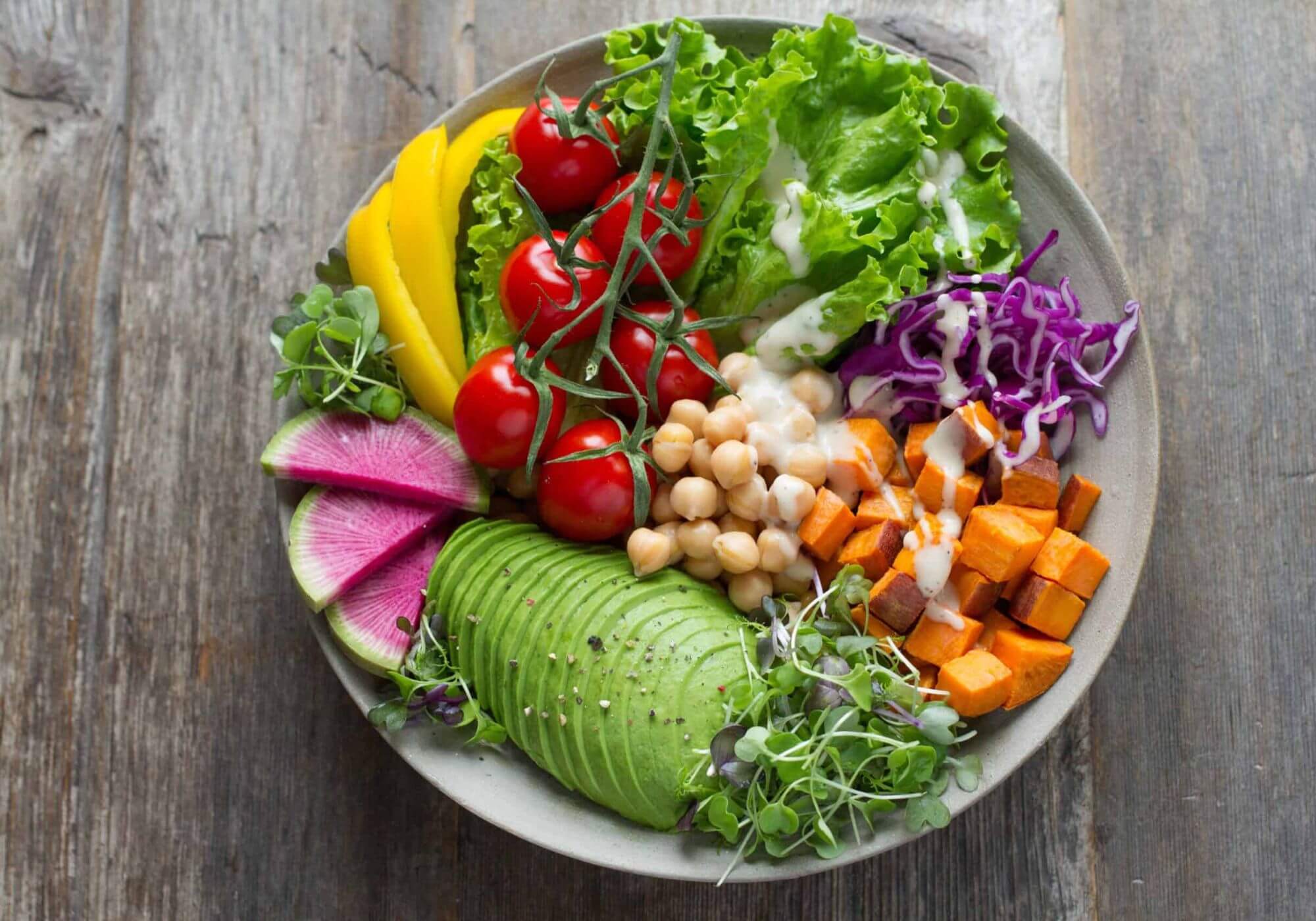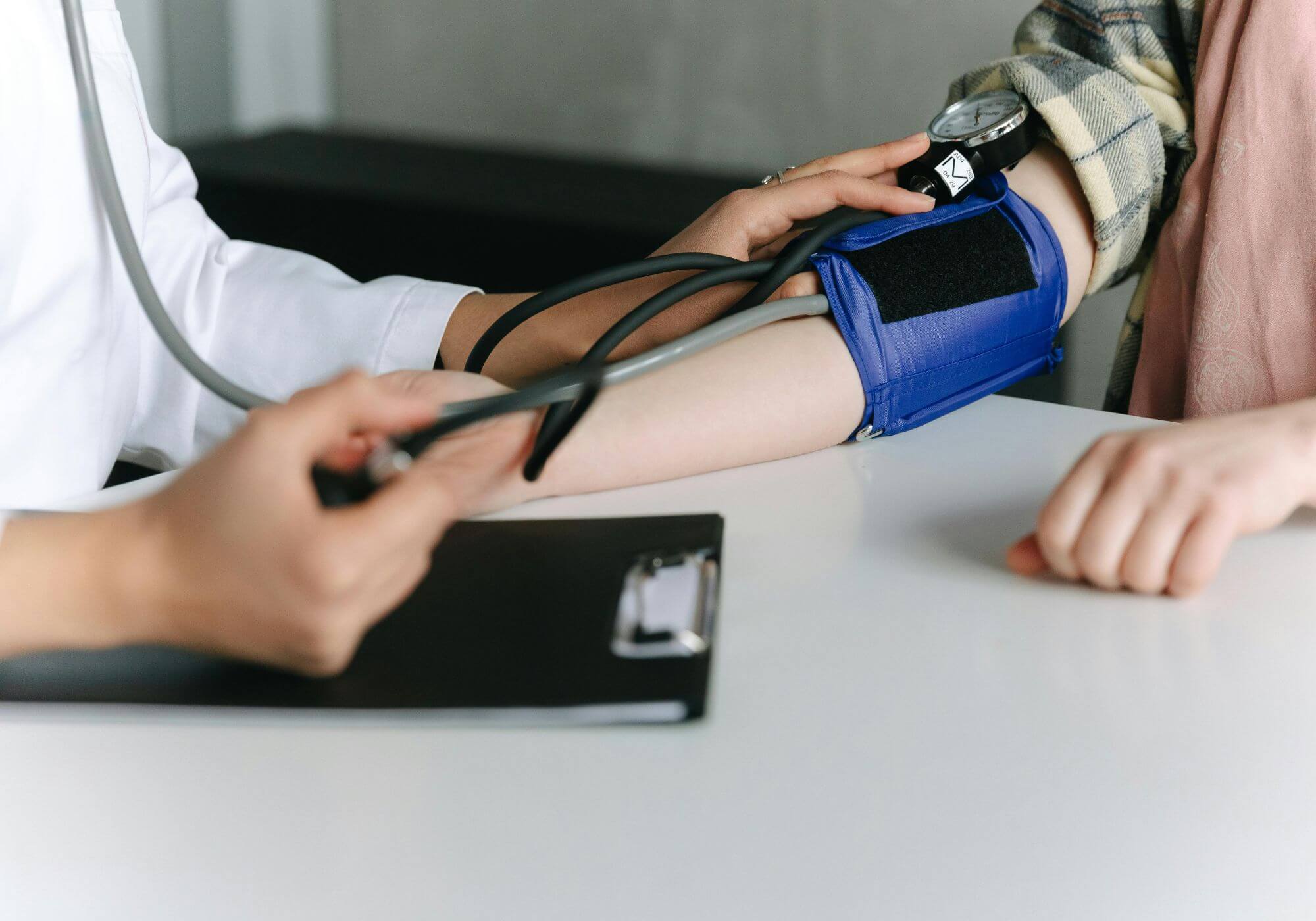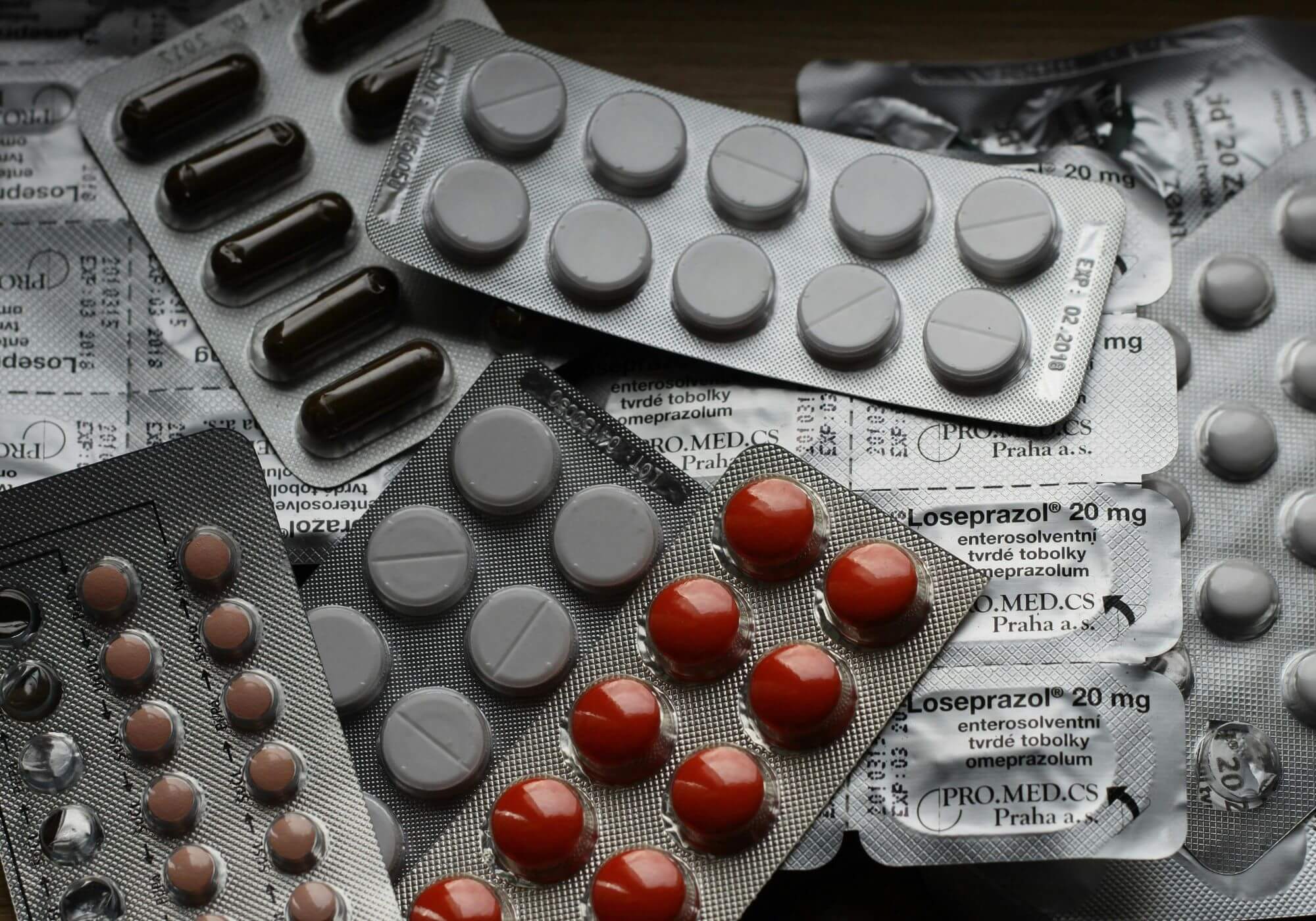The Anti-Inflammatory Diet: What to Eat and What to Avoid ?
Written By - Cade Harrington
on August 15, 2025
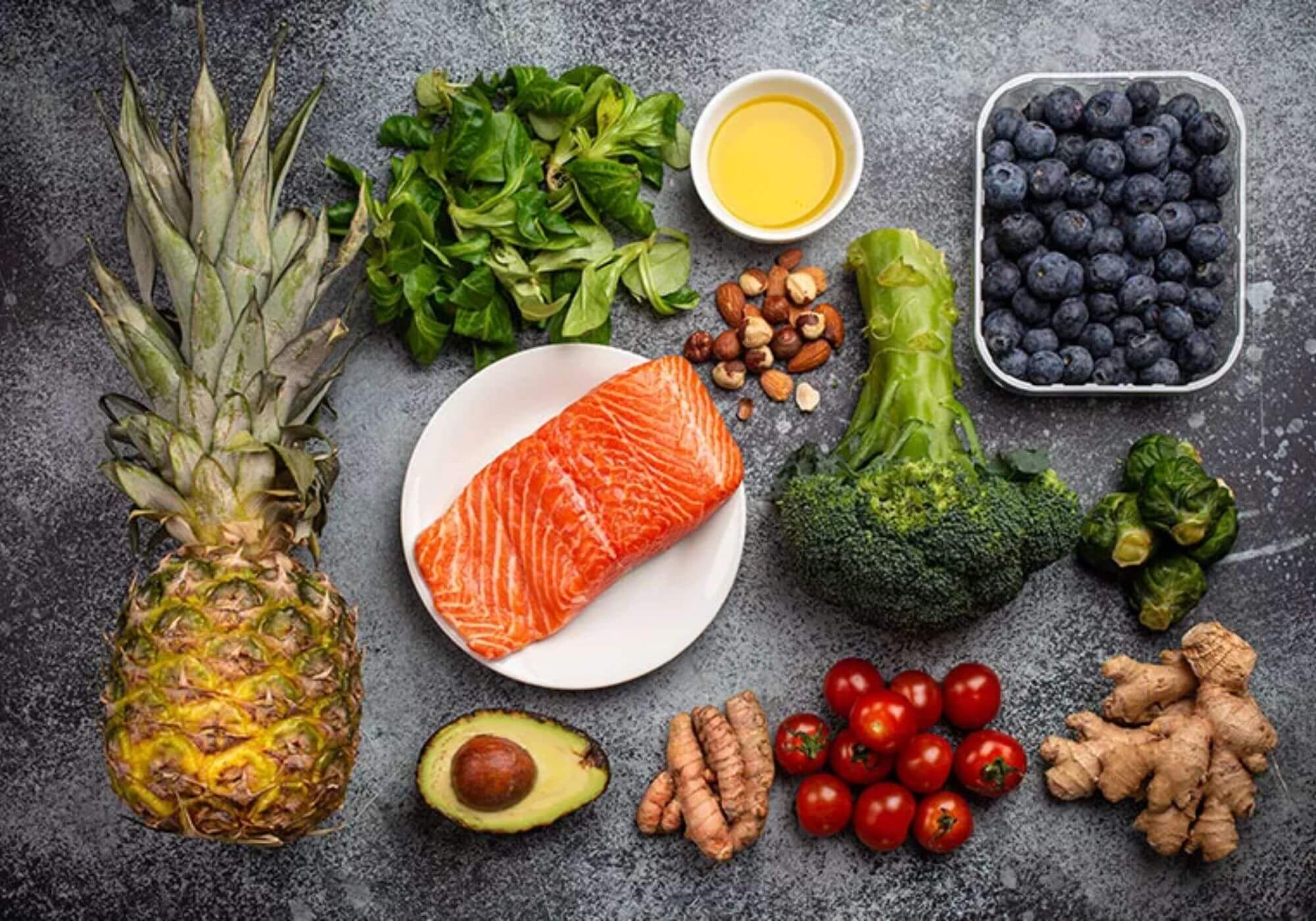
Ever felt achy, bloated or tired without any apparent reason? It might be your body signalling something. Chronic Inflammation, an anonymous troublemaker behind many health issues could be the causer. Joint pain, digestive problems and even heart disease may be cause by it. But no worries now, you can now fight inflammation just by changing what’s on your plate! Welcome to the world of an Anti-Inflammatory Diet, where food becomes your medicine.
What Is the Anti-Inflammatory Diet and Why Should You Care?
Think of the Anti-Inflammatory Diet as more of a lifestyle than just an eating trend. It mainly prioritizes whole, natural foods that support your body’s healing and reduce inflammation. You don’t count calories or avoid food at all, you instead choose to eat smarter, healing foods every day.
Inflammation doesn’t have to always be bad. Your Body actually uses it to fight off infections and fix injuries. But Chronic Inflammation (When Inflammation stays around for longer) can greatly damage issues and in turn lead to diseases like arthritis, diabetes and even heart problems. Anti inflammatory takes place here. That’s where this form of diet can help.
By eating a mix of fruits, veggies, healthy fats, and lean proteins, you give your body the tools to reduce inflammation on its own i.e. naturally. You will feel and look better and healthier and maybe even reduce the need for medication over time.
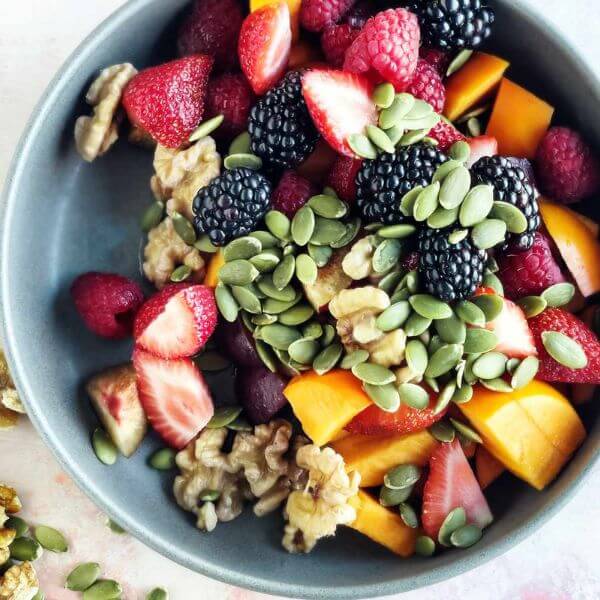
Anti-Inflammatory Superfoods You’ll Love Adding to Your Plate
Talking about foods that your body will thank you for, these are the true heroes of your Anti-Inflammatory Diet. Fishes such as mackerel and salmon , also sardines are full of omega-3 fatty acids which are strong inflammation fighters.
Next, Berries! (especially blueberries), leafy green veggies, broccoli and also bell peppers which are rich in antioxidants and phytonutrients and also colour! These natural compounds actively try to reduce inflammation and boost your immunity in the most delicious and colourful way.
Also, don’t forget your whole grains like your Oats, brown rice and quinoa. Unlike the usual refined carbs like white rice or white bread, these will help you regulate your blood sugar and reduce the inflammatory spikes. You can even sprinkle on some turmeric, garlic, ginger and cinnamon for more flavor and extra healing with a bonus of a divinely smelling kitchen.
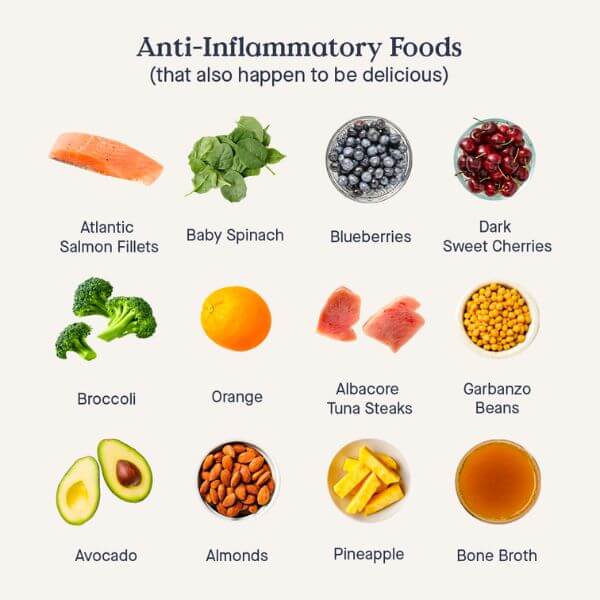
Foods That Trigger Inflammation—Time to Say Goodbye (Mostly)
Now for the not-so-fun part: the causers. These foods may taste heavenly, but they’re truly troublemakers inside your body. On top of the list, we have Processed meats like bacon, sausages and deli meats. They’re loaded full of preservatives and saturated fats that can ACTUALLY lead to inflammation.
Then comes the refined sugar inside all the sodas, candies and pastries and even the “healthy” granola bars. Increase in the amount of sugar also increases the insulin levels. This set offs a chain reaction of inflammation. Your sweet tooth may not like avoiding these, but your joints will.
Coming to the refined carbs now, the white bread, white rice and the pasta. These quickly break down into sugar and can fuel your inflammation just as quick. And also, the deep-fried foods, as crispy and tasty as they might be, if cooked in unhealthy oils that can irritate your system. Instead try roasting or air frying.
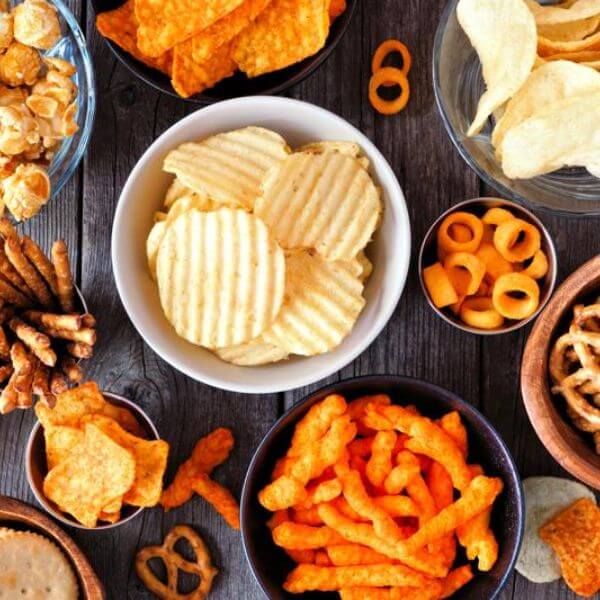
Anti-Inflammatory Meal Ideas to Keep You Inspired
Eating healthy doesn’t always have to mean eating boring. A typical Anti-Inflammatory Day may start off with oatmeal topped with some berries, chia seeds and a swirl of some almond butter. Sprinkling cinnamon can add extra anti-inflammatory punch.
Lunch can be colourful as well as tasty with a salad full of spinach, some grilled salmon, avocado, cherry tomatoes and a lemon-olive oil salad dressing. You’re feeding your body healthily and satisfying your taste buds at the same time. You can also use more spices and switch out the salmon for some chicken. Try some combinations if you’d like some change.
Dinner could be a hearty lentil curry with some turmeric or ginger (Dal) served with some brown rice and maybe some roasted broccoli. If you’re looking for some snacks, go for walnuts, hummus with veggie sticks or some dark chocolate with green tea. Chocolates are also allowed however in a moderate rate.
All in all, these meals are all about testing and combinations. Try many combinations if you’re bored or if you don’t have the time just look up for some.
The Gut-Inflammation Connection: Why Probiotics Matter
Your gut is actually the control center of inflammation. A healthy gut helps regulate your immune and keeps the inflammation in check. That’s why probiotics are a must in any and all Anti-Inflammatory Diet.
Probiotics such as kefir, yogurt, kimchi can be used naturally by fermented foods.
These can help you maintain a balance of your good bacteria in your gut as well as keep your digestive system happy and inflammation low.
Pair these up with some prebiotic foods like some bananas, garlic, onions or some oats that can feed the good bacteria. When your gut is in good shape, the rest of your body also feels the difference. Fewer flares, higher energy level, and a happier tummy wait are some effects.
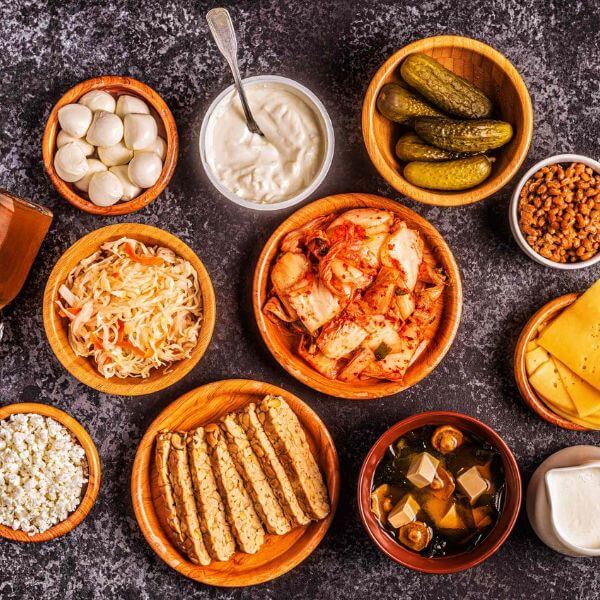
Lifestyle Tips to Maximize the Anti-Inflammatory Diet’s Benefits
To truly fight inflammation, your lifestyle also matters. This means that you should be getting enough sleep. Your Body repairs itself during rest hence about 7-9 hours of sleep really matters.
Regular movement is also important. You don’t have to go and run full on marathons but you can engage in some brisk walking or yoga or even dancing in your kitchen while cooking also counts. Physical activity can also help you boost circulation and help you flus out inflammatory toxins naturally.
And do not underestimate stress. Chronic stress can also lead to a spike in inflammation like your junk food. You can try meditating, journaling, or simply taking a break to just breathe. Combine these habits with your inflammatory diet an you’ve got the wellness formula that can work wonders.
Conclusion
You don’t need any fancy pills or any restrictive cleanses to fix inflammation. All it takes is to show your body some love and care by making the right food choices. The Anti-Inflammatory Diet isn’t just a quick fix or a crash course; it is a lifestyle rooted in balance, colour and some common sense.
Remember you don’t HAVE to be perfect. Even small changes can make a major difference over time. So, give yourself some time, enjoy the journey and celebrate each meal as a step towards a stronger, better you.
More Blogs




